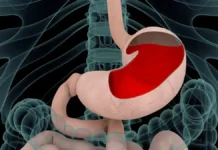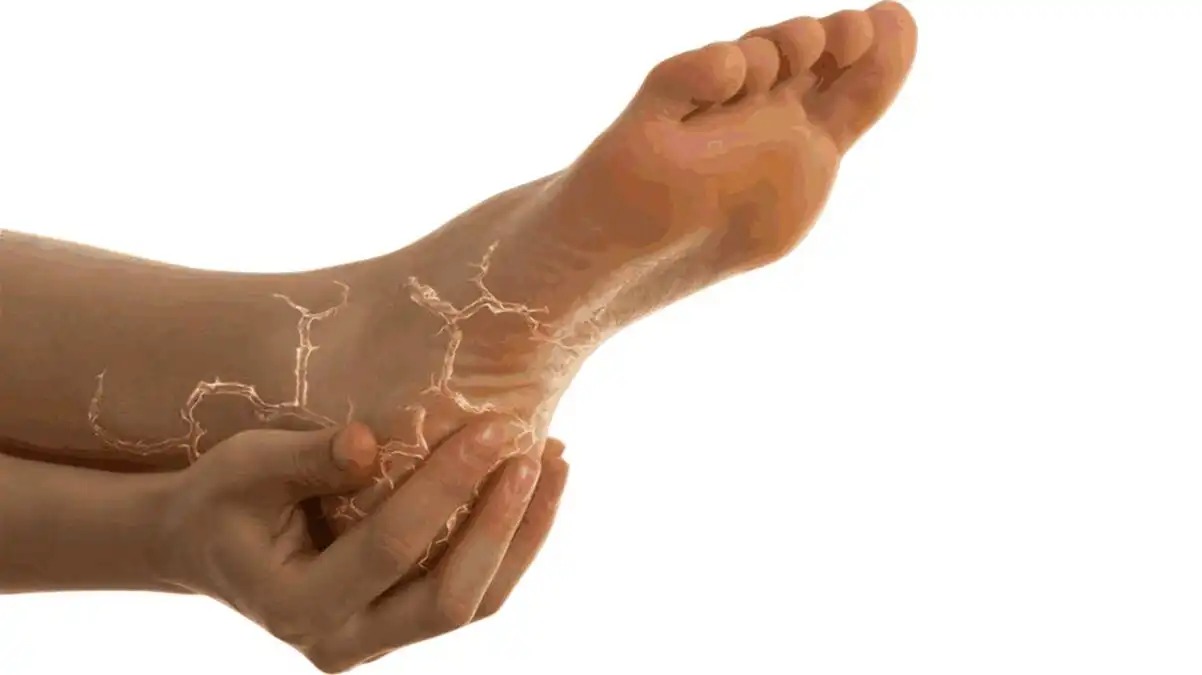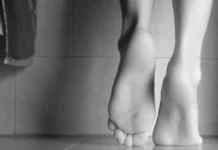Osteopathy is a complementary health care approach that focuses on musculoskeletal manipulation to promote overall health of the body. Osteopaths treat a variety of conditions, but it is important to note that the effectiveness of osteopathy can vary from person to person. Here are some conditions for which osteopathy can be used:
- Musculoskeletal Problems:
- Back Pain: Osteopathy can help treat back pain by identifying and correcting musculoskeletal imbalances, improving joint mobility and reducing muscle tension.
- Osteoarthritis: Although osteopathy cannot cure osteoarthritis, it can help relieve associated pain by improving mobility and promoting better joint function.
- Joint pain: Osteopathic manipulations can help relieve joint pain by optimizing joint alignment and mobility.
- Neurological Disorders:
- Sciatica: Osteopathy can reduce pressure on the sciatic nerve by working on spinal mobility and relaxing surrounding muscles.
- Cervico-brachial neuralgia: Osteopathic manipulations can help relieve nerve compression and improve blood flow to the nerves.
- Postural Disorders:
- Scoliosis: Although osteopathy cannot structurally correct scoliosis, it can help relieve associated muscle tension and improve posture.
- Postural alignment disorders: Osteopathic adjustments aim to restore more optimal alignment of the body.
- Digestive Problems:
- Irritable Bowel Syndrome (IBS): Osteopathy can help reduce tension in the abdominal area and improve intestinal motility, helping to relieve IBS symptoms.
- Functional constipation: By working on the abdominal and pelvic muscles, osteopathy can help improve intestinal function.
- Respiratory Problems:
- Asthma: Osteopathy can help improve thoracic mobility and reduce muscle tension that could affect breathing.
- Chronic bronchitis: By working on the mobility of the rib cage, osteopathy can help improve pulmonary ventilation.
- Circulatory Disorders:
- Blood circulation problems: Osteopathy can help improve tissue mobility and reduce restrictions that could affect blood circulation.
- Gynecological Problems:
- Premenstrual syndrome (PMS): Osteopathy can help relieve muscle tension and improve blood circulation in the pelvic area, which can alleviate some PMS symptoms.
- Menstrual pain: By working on pelvic mobility, osteopathy can help reduce menstrual pain.
- Stress and Sleep Disorders:
- Stress management: Osteopathy can help release muscle tension linked to stress, thus promoting relaxation.
- Insomnia: By working on muscle relaxation and reducing tension, osteopathy can help improve the quality of sleep.






















